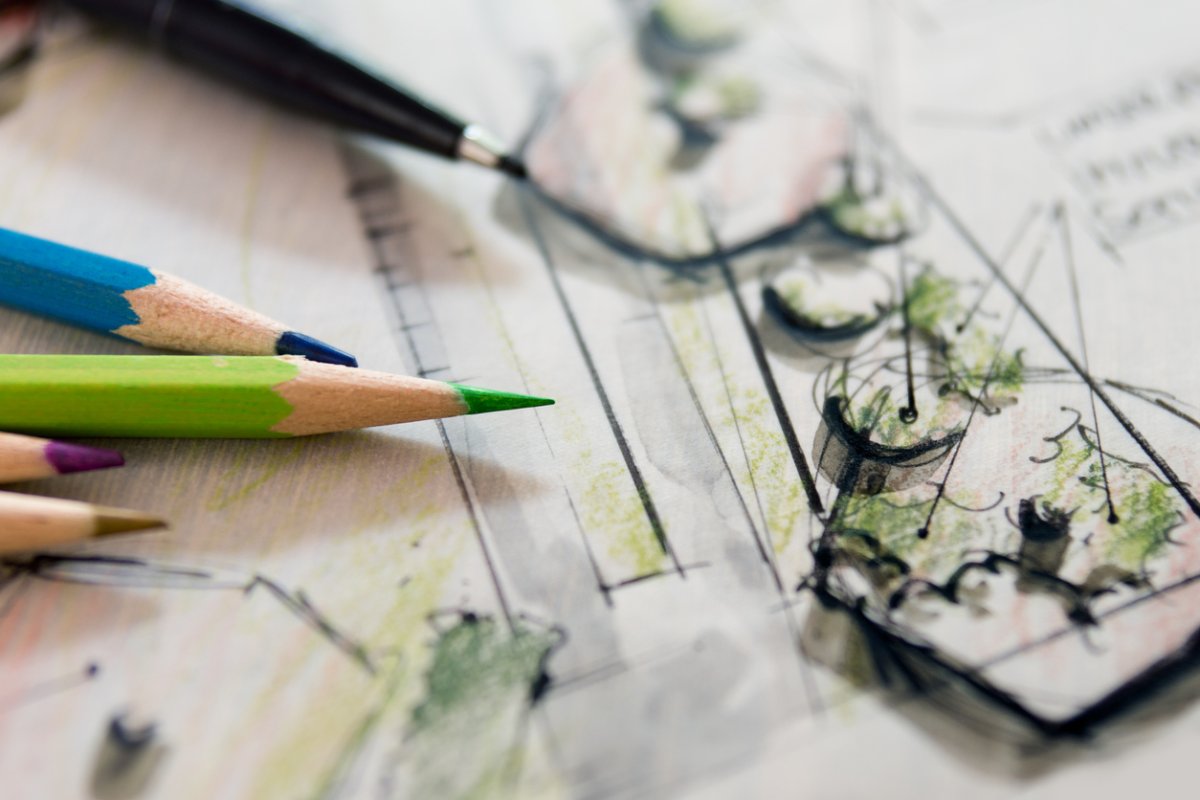Before you judge my opening comment on vegetable garden layout tools, I should clarify that I’m not opposed to technology. I only call those tools “newfangled things” in jest, and I have yet to yell at any kids to get off my lawn.
In fact, some garden planning apps are pretty darn fantastic, in particular, I like the one from Smart Gardener. But technology isn’t flawless, and to be honest, sometimes I don’t want to deal with opening a computer or phone when I’m out in the garden. You know, that whole being present with nature thing. I do like the reminders, though!
Still, I’m not at the point where I can just head willy-nilly out into the garden and throw my favorite vegetable seeds into the right spot. There can be a lot of planning for a garden. Some vegetables need more space. Some don’t like neighbors, and some get along with every other plant in the garden. Some of them need plenty of sunshine, while others prefer a bit of shade in mid-summer.
So combine my love (need?) of preparation and my attempt to leave technology out of the garden, and I’m left with some timeless vegetable garden layout tools that I think you may also find useful.
Discover 7 top tips for growing, harvesting, and enjoying tomatoes from your home garden—when you access the FREE guide The Best Way to Grow Tomatoes, right now!
The 5 vegetable garden layout tools anyone can use
Ready to go old-school? These low-tech tools are available anytime, anywhere. So get ready to plan the best garden ever without downloading anything or trying to remember the password for that software you signed up for two years ago.
1. Pen and paper. Seriously. Pen and paper, or perhaps pencil and paper, can be one of the best vegetable garden layout tools around. You can measure and get hyper-specific if you want to draw your garden to scale, or you can simply guesstimate and give your squash a little more space, and your peas can take up a little less space. It’s an excellent tool for getting a bird’s-eye view of what your garden may look like.
2. Your notebook. If you don’t have a gardening notebook, go get one soon. It doesn’t need to be fancy – your basic journal or spiral notebook will do. This is where you record what happens with your garden. Then, when you refer back to it, you won’t need to wonder how long it took seeds to germinate, which variety of cucumbers gave you a splendid yield, or what you did about those tiny white bugs on your tomatoes because it will all be written down.
3. Companion planting. One way to get more out of your garden is to try companion planting. This style of gardening puts plants together where they can support one another. For example, basil is said to deter the tomato hornworm, so basil and tomatoes would be good companion plants. Of course, you don’t have to stick with vegetables and herbs, either. Nasturtiums, which by the way, are edible and delicious, aren’t just beautiful flowers; they can also keep pests away from your veggies.
4. A tape measure and string. When it comes to getting your hands in the dirt, these can be two of the most helpful vegetable garden layout tools around. Use them to measure and rope off sections of your plot, so you know where to stop planting beets and start planting onions.
5. Crop rotation. While we tend to think of crop rotation in relation to large, commercial farms, the same idea works in small home gardens, as well. The concept is based on the idea that plants take some nutrients from the soil and leave others. Therefore, moving your crops year to year helps the soil remain healthy for planting and growing vegetables.
So, put away the computer, put down the phone, and let’s garden like we’ve never heard of apps and software.
Do you have any favorite low-tech vegetable garden layout tools? I’d love to read about them in the comments.
Discover 7 top tips for growing, harvesting, and enjoying tomatoes from your home garden—when you access the FREE guide The Best Way to Grow Tomatoes, right now!
